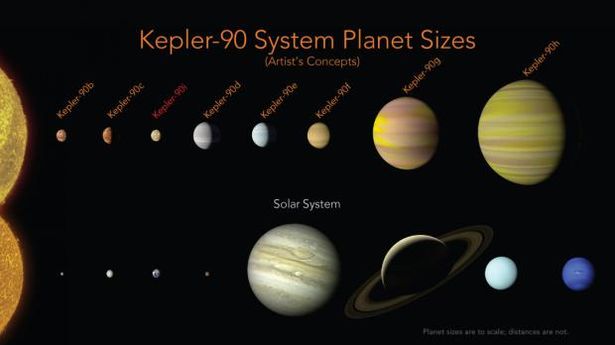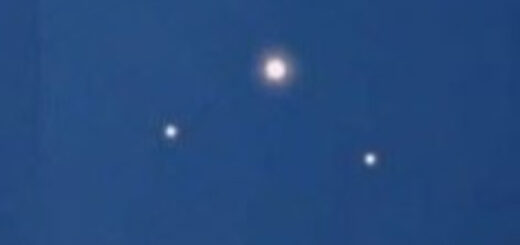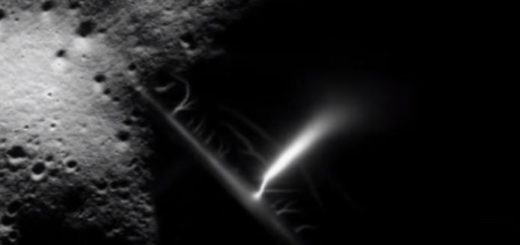NASA announces discovery of ‘sizzling hot, rocky planet’ – and they used Google to find it

The search giant collaborated with the space agency’s planet-hunting telescope to find new exoplanets
NASA has used advanced artificial intelligence technology developed by Google to help it discover potential alien worlds.
Scientists have found, for the first time, an eighth planet (called Kepler 90i) in the Kepler 90 system – tying that solar system with our own for the most known planets in a system.
Kepler has confirmed that other stars can have a large number of planets orbiting them, just like our own sun.
This discovery was made through the use of a “neural network” AI program developed by Google.
The space agency revealed on Thursday that data from the Kepler Space Telescope has been analysed by researchers using the technology giant’s machine learning algorithm.
“Machine learning is an approach to artificial intelligence, and demonstrates new ways of analysing Kepler data,” said NASA.
Kepler has been reporting back to Earth since it was launched in 2009 and has made many discoveries about the planets beyond our solar system.
The space telescope has spent years combing the galaxies looking for evidence of extra-terrestrial life.
It hunts for planets by detecting the minuscule drop in a star’s brightness that occurs when a planet crosses in front of it, called a transit.
So far, its has identified 4,034 planet candidates, 2,335 of which have been verified as exoplanets. Of those, 30 are similar in size to Earth and orbiting in their star’s habitable zone.
With Google’s number-crunching AI skills involved, the team can move much quicker to identify distant worlds – some that may potentially harbour alien life.



 Creators of mankind
Creators of mankind Description of “Tall white aliens”
Description of “Tall white aliens” Where they came from?
Where they came from? About hostile civilizations
About hostile civilizations The war for the Earth
The war for the Earth “Tall white aliens” about eternal life
“Tall white aliens” about eternal life Video: “Nordic aliens”
Video: “Nordic aliens” Aliens
Aliens Alien encounters
Alien encounters The aliens base
The aliens base UFO
UFO Technology UFO
Technology UFO Underground civilization
Underground civilization Ancient alien artifacts
Ancient alien artifacts Military and UFO
Military and UFO Mysteries and hypotheses
Mysteries and hypotheses Scientific facts
Scientific facts


















